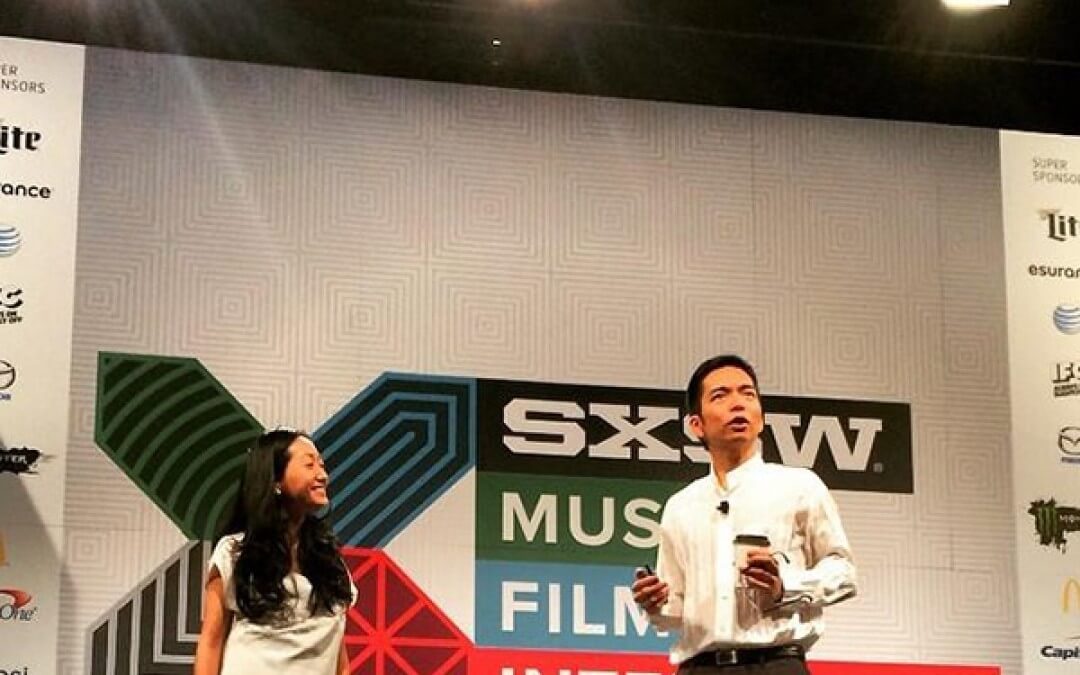At Emotive Brand, we are keenly aware of the symbiotic relationship between brand strategy and creative design. In the traditional model, the company leadership team aligns on a new brand strategy and design brings it to life. You know the drill: new logo, new color scheme, new typography, new website.
But there’s a deeper relationship between strategy and design that yields more meaningful, more memorable results. Creative design is not an appendage of brand strategy. Fundamentally, design IS strategy and strategy IS design. At least that’s how it works at Emotive Brand.
Design in Technology
At SXSW, John Maeda, the renowned design leader who joined the venture capital firm Kleiner Perkins Caulfield & Byers in 2014, gave a talk about the role of design in technology. According to Maeda, since 2010, 27 tech companies co-founded by designers have been acquired by larger tech companies. Eight design firms have been acquired by technology companies since 2011. And six venture capital firms have added design partners to their ranks in 2014, in addition to KPCB. The upshot? Creative design isn’t just a hot topic; it’s a new essential ingredient for innovation.
At Emotive Brand, our experience confirms the importance of creative design in the strategic framework, especially when you’re trying to humanize technology. Working with a technology company trying to disrupt the multimedia space, I founded a design team to build mobile apps for music and video services. The company had UX designers buried in engineering. The typical project plan included a minimal two-week segment allocated to “graphics” near the end of the project.
The first challenge was to shift the company culture from design-as-afterthought to design-as-starting-point. We convinced management to give us a chance and bring the design team in at the beginning. To their credit, they did, and we created many innovative design-inspired mobile products. And we changed how products were created.
Design Thinking
In recent years, this has become known as “Design Thinking.” Many designers don’t like to use the term “design thinking” because it’s how they’ve always thought and worked. But for business people, it can be a revelation.
Design thinking employs 5 steps to address a problem:
- Empathize. The foundation of human-centered design process. Observe viewers and behavior, engage and interview, immerse. Experience and understand from the user point of view.
- Define. Unpack empathy findings to expose needs and frame the problem you’re solving. Create a point of view based on real insights.
- Ideate. Wide-ranging idea generation to fuel rich and productive prototyping.
- Prototype. Articulating ideas that can be explored and tested, whether written, illustrated, or storyboarded so people can interact with them
- Test. Feedback and refinement based on feedback from your subjects.
Clearly, design is integral to strategic thinking. The power of design thinking is that it works for almost any problem, not just product definition. Design is creative, but it can also be destructive when needed. Like when the strategic process reveals the need to prune the organization, focus the message, or simplify the brand promise. So it’s possible to design things OUT, too.
Design at Emotive Brand
At Emotive Brand, we’ve practiced a design-inspired approach to brand strategy from day one.
- We immerse ourselves in our client’s business, then investigate the company through executive interviews, workshops and customer persona workshops. Call it empathy or call it understanding, this forms the emotive core of the brand.
- We identify truths about the company, then define the shifts that our client is either motivated to make, or we discover they should make.
- We develop the company’s brand narrative, which includes the brand promise and brand behavior, and then explore visual representations that bring the strategy to life.
- Then we share the prototypes and test for accuracy, relevance, explosive potential, and fit.
- We iterate and refine and keep exploring until the company’s brand story and expression, through design, fit together like hand in glove.
Our creative design approach takes brand strategy to a transformational level. Beyond purpose, into the emotional space where real meaning, real affinity, and real connections to people are cemented. Beyond graphical brand identity, to a place where design lifts the strategy to touch the needs and feelings of the target audience in a memorable and enduring way.
—
Emotive Brand is a San Francisco branding agency that believes creative design is integral to brand strategy. We help companies define and embrace a purpose-led strategy to help make their brand matter more to people.
To read more on design and strategy, check out: Emotional Design Principles Build Meaningful Brand Interactions





